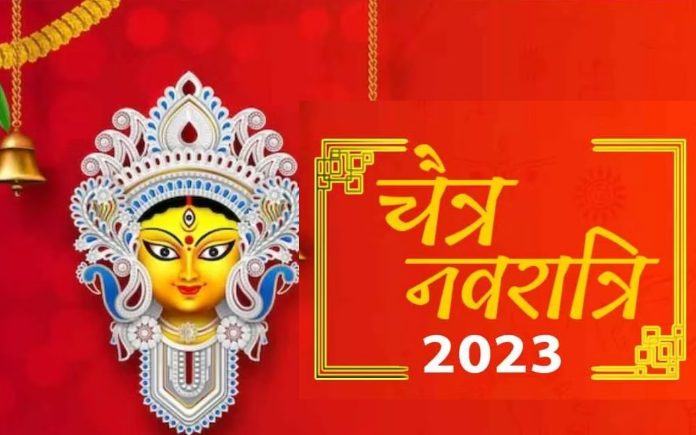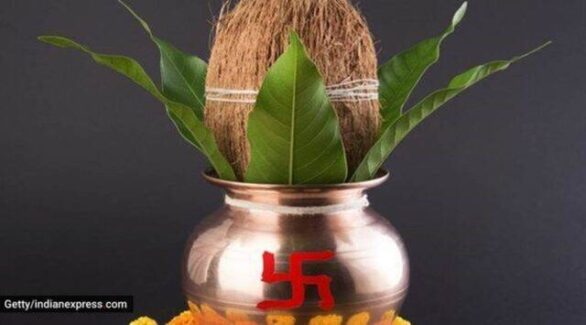
Navratri 2023: In addition to Sharada Navratri, the main nine-day festival celebrated every autumn, several parts of the country celebrate Chaitra Navratri in the lunar month of Chaitra, immediately following the spring harvest.
Chaitra Navratri, also known as Vasant Navratri, is observed in most parts of India, though it is more popular in North India. According to Drik Panchang, the nine-day festival will be held this year from March 22 to March 30.
The festival is dedicated to the worship of the Hindu Goddess Shakti in her nine incarnations. Devotees fast and pray to the deity. The rituals are similar to those observed during Sharada Navratri.
The Ghatasthapana Muhurta is on March 22 from 6:29 a.m. to 7:42 a.m., according to drikpanchang.com.
Chaitra Navratri is a major Hindu festival held in the month of Chaitra, which is usually in March or April. The word ‘Navratri’ means “nine nights,” and it is a time when people worship the Goddess Durga in her nine forms. Hindus all over India and other parts of the world celebrate the festival with great zeal and devotion. Chaitra Navratri is also known as Vasant Navratri because it occurs in the spring season, and Vasant means spring in Sanskrit.
The festival begins on the first day of the Hindu calendar month of Chaitra and concludes on the ninth day with Ram Navami, Lord Rama’s birthday. People fast, meditate, and pray during Navratri. Goddess Durga’s nine forms, also known as Navadurga. Shailaputri, Brahmacharini, Chandraghanta, Kushmanda, Skandamata, Katyayani, Kaalratri, Mahagauri, and Siddhidatri are the nine forms. Each day of Navratri is dedicated to a different manifestation of the Goddess, and people offer special prayers and rituals to seek her blessings.
Maa Shailputri, also known as ‘Hemavati,’ is honoured on the first day of the Navratras. According to Indian mythology, she was the Himalayas’ daughter, and her name is derived from two words:’shail’ (mountains) and ‘putri’ (daughter). In this form, the goddess rides a bull while holding a trishul (trident) in her right hand and a lotus in her left.
“Om Devi Shailaputryai Namah”
Puja and Vidhi Samagri
The following items are required for the puja:
*Clay pot *Clean soil *Seven different grain seeds *A clay/brass pitcher *Gangajal *Sacred thread *Betel nuts *Some coins *Five Ashoka or mango tree leaves *Raw rice *Unpeeled coconut *Flowers *Durva grass *Red cloth *Lid to cover clay pot.

The ninth day of Chaitra Navratri marks the birth of Lord Rama, the seventh incarnation of Lord Vishnu, according to Hindu mythology. This day is celebrated with great pomp and joy in places associated with Lord Rama, with temples decorated and devotees revelling in the festivities.
On this day, Hindus in Andhra Pradesh, Telengana, and Karnataka celebrate Ugadi, which marks the beginning of the Hindu calendar year. Gudi Padwa, on the other hand, is celebrated in Goa and Maharashtra to commemorate the arrival of spring.
